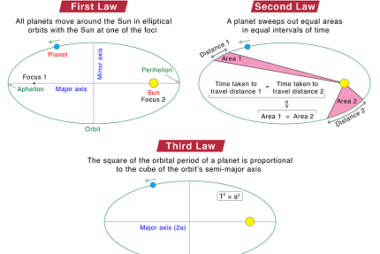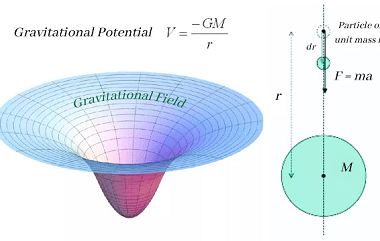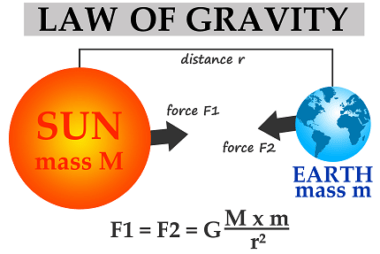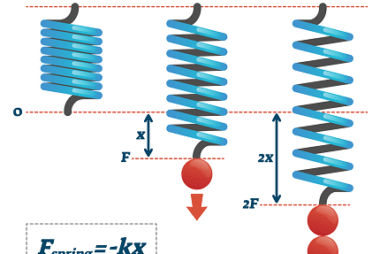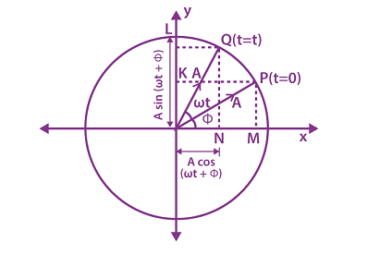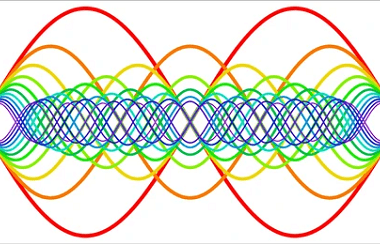Kepler’s law
Kepler’s laws describe the motion of planets around the Sun. They were formulated by the German astronomer Johannes Kepler in the early 17th century, based on extensive observations made by the Danish astronomer Tycho Brahe. Kepler’s three laws are: Kepler’s laws were crucial in establishing the heliocentric model of the Solar System, in which the…
